If you've ever wondered what makes a tattoo come out sharp, rich in color, or beautifully shaded, much of it depends on finding those perfect settings on your tattoo machine. Whether you're just starting to try ink and skin or you're a seasoned artist looking to refine your skill, understanding the differences in your tool's speed and power is key. In this guide, we'll talk about the heart of tattoo machinery settings and switches to help you create tattoos that are not only visually striking but also stand the test of time and comfort.
Why Speed and Voltage Matter
Speed and voltage are the dynamic duo of tattoo machine settings. They're what you adjust to ensure every tattoo comes out looking great and, just as importantly, that it's safe for your client.
The Impact of Speed on Your Artwork
- High Speed: When you're working on outlines, a higher speed ensures that the needle pierces the skin quickly and retracts just as fast, leaving behind a precise, clean line.
- Low Speed: For shading or color work, slow it down. This allows for a more measured release of ink, giving you the control needed to create gradients and solid fills without causing trauma to the skin.
Voltage and Its Role
Voltage is essentially the power supply to your machine. It's what gets the needle moving:
- Higher Voltage: This makes the needle move faster. It's what you want for bold lines that need to be put down in one go.
- Lower Voltage: Slower needle movements come from lower voltages, perfect for subtle shading and detailed color work.
But remember, the "best" settings aren't one-size-fits-all. Different skin types and areas of the body react differently. It will take some practice to learn how to read the skin and adjust your machine accordingly.
Fine-Tuning for Technique: Lining, Shading, and Color Packing

For Perfect Lines
- Linework Speed: Think fast but not furious. A higher speed ensures the needle enters and exits the skin swiftly, avoiding snagging or dragging that can make lines wobble.
- Voltage for Lines: A general guideline for linework is to set your machine between 7.5 to 8.5 volts, depending on your machine type and personal touch.
For Smooth Shades and Gradients
- Shading Speed: Slow it down; we're looking for a gentle dance of the needle here. A slower motion lets you layer the ink for just the right shade.
- Voltage for Shading: Aim for a lower voltage, typically around 5 to 6 volts, allowing for a softer needle impact that won't overwhelm delicate shading work.
Vibrant Colors That Last
- Color Packing Speed: This is a middle ground where steady hands meet deliberate speed to fill larger areas with bold, even color.
- Voltage for Color Work: Setting your machine around 6 to 7 volts often works well, providing enough punch to saturate but not so much that it damages the skin.
THUNDERLORD POWER PROTECTOR U8 Wireless tattoo Machine Pen Frequency Adjustable
Adapting to Skin: Customizing Machine Settings for Individual Needs
Tuning into Skin Variability
- Reading the Skin: Your client's skin isn't just a blank canvas; it's a variable element in your art. Thicker skin might need a bit more voltage for the ink to take hold, while sensitive areas like the inner arm may require a lighter touch.
- Adjusting for Areas: Tougher skin areas, such as elbows and knees, can handle higher speeds and voltages, but you'll want to scale back when working on softer, more vulnerable areas.
Interpreting Skin Reactions During Tattooing
- Signs of Stress: If the skin starts to swell or shows excessive redness, it might be a sign that your speed is too high or the voltage is too intense. This is your cue to adjust your settings.
- Healing as a Gauge: Post-session healing can also tell you a lot about your settings. Fast healing with clear lines or even shading suggests you've hit the sweet spot.
Skin Type Specifics
- Elasticity and Resilience: Some people have skin that bounces back quickly, while others have skin that takes a moment to recover from each needle strike. Adjust your speed and voltage accordingly-gentler for less resilient skin, a bit more aggressive for tougher types.
Adapting Speed and Voltage in Real-Time
- Start Conservatively: Begin with moderate settings and increase only as needed based on the skin's response.
- Stay Attuned: Pay attention to the skin's texture and color changes. Does the ink stay put, or does it seem to spread out too much?
- Adjust Gradually: Make small adjustments. A dramatic jump in voltage or speed can lead to mistakes that are hard to correct.

Safety First: Ensuring Client Comfort and Skin Integrity
Preventing Skin Trauma with Correct Settings
- The Risks of High Speed and Voltage: Push your machine too hard and fast, and you risk overworking the skin, causing trauma that leads to pain, excessive swelling, and prolonged healing.
- Finding the Middle Ground: The trick is to find the balance where your needle moves swiftly enough to create smooth lines and solid color fill, but don't hammer the skin into submission.
Hygiene and Machine Maintenance Go Hand in Hand
- Sanitation and Performance: A well-maintained machine is not only a hygienic one but also more predictable. Regularly clean and lubricate your machine to prevent hiccups that could cause accidental injuries or uneven work.
- Regular Check-Ups: Just like any precision tool, tattoo machines need regular check-ups. Make sure all parts are in good working order, and replace anything that shows signs of wear. This helps maintain consistent settings and safe operation.

Educating Clients on Aftercare
- Aftercare Instructions: Safe tattooing doesn't end when the tattoo gun stops running. Provide clear aftercare instructions to help clients protect their new tattoos from infection and ensure proper healing.
- Follow-up: Encourage clients to get in touch if they have any concerns during the healing process. Prompt responses to potential issues can prevent complications.
Troubleshooting Common Issues
- Overworked Skin: If you notice excessive redness or bleeding, it may be a sign that the skin has been overworked. Reduce the speed and voltage, and give the area a break before continuing.
- Ink Not Holding: Should the ink appear to fade or not take hold, this might indicate your settings are too light. A slight increase in voltage may be necessary, but proceed with caution.
3mm stroke Tattoo Machine Double head Tattoo permanent makeup CTGE004
The Essence of Tattoo Mastery
Mastering the intricacies of tattoo machine settings is an essential skill that elevates the art of tattooing from mere application to a form of dynamic expression. Understanding the delicate balance between speed and voltage and adapting these variables to the unique canvas of individual skin types ensures that each tattoo not only looks stunning but heals properly as well. By combining technical precision with a deep commitment to safety and aftercare, artists can craft tattoos that stand the test of time, reflecting both their expertise and their dedication to the client's experience. This harmonious blend of artistry, science, and empathy solidifies the foundation upon which the enduring tradition of tattooing continues to thrive.




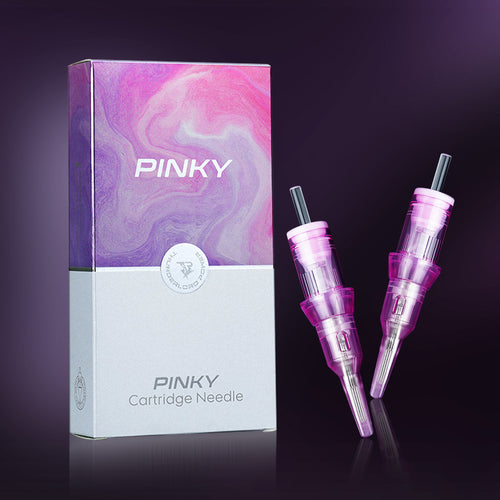




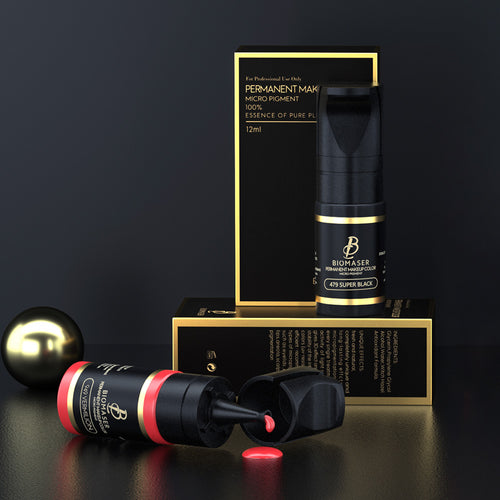










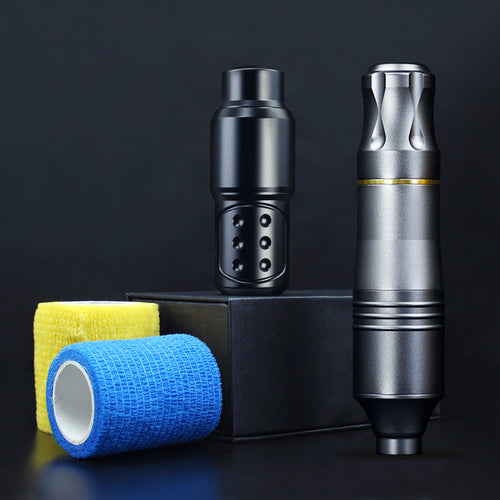
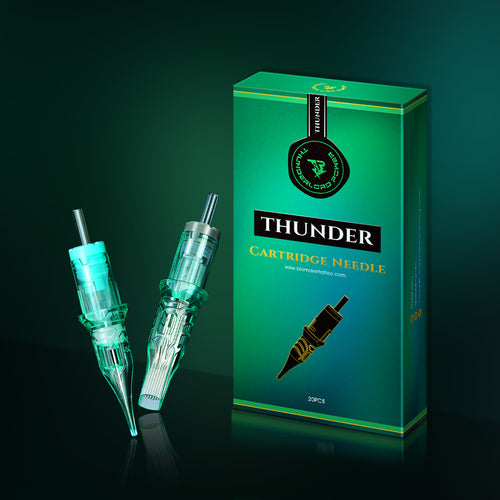








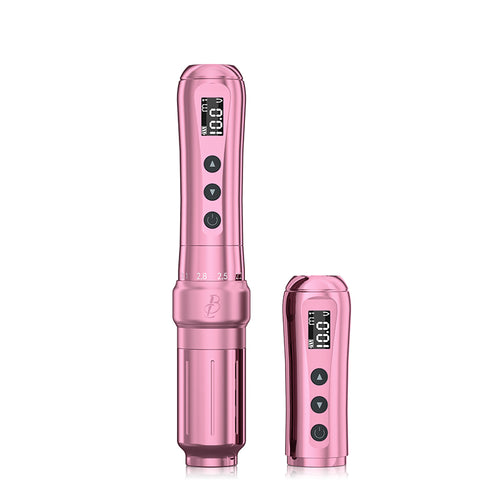






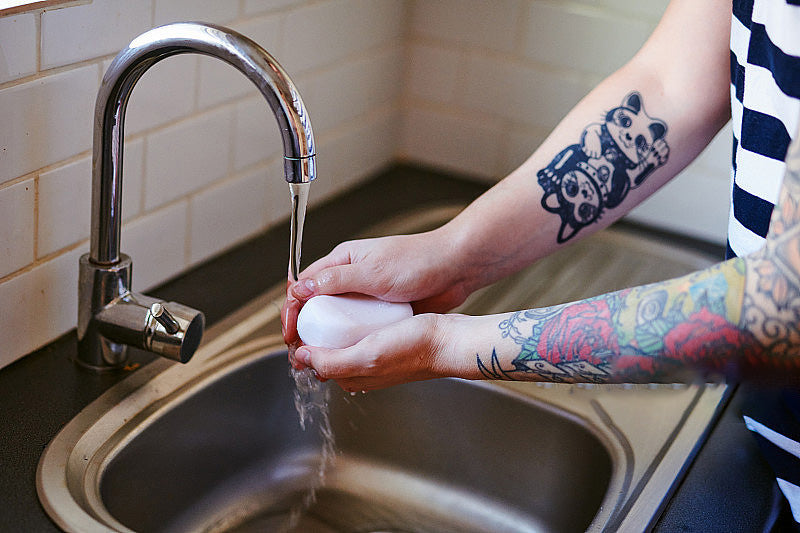

Commenta
Questo sito è protetto da hCaptcha e applica le Norme sulla privacy e i Termini di servizio di hCaptcha.